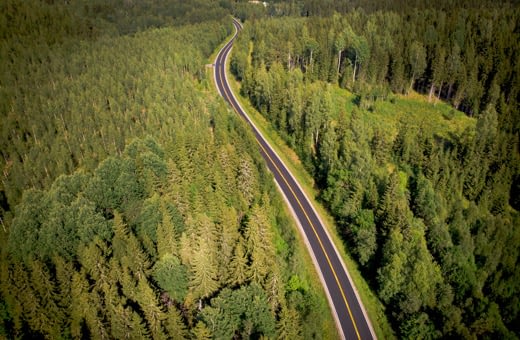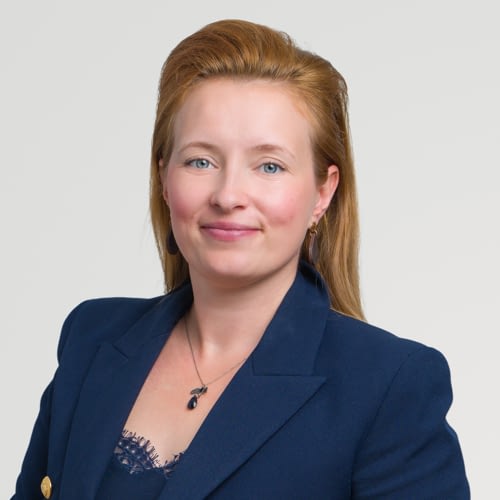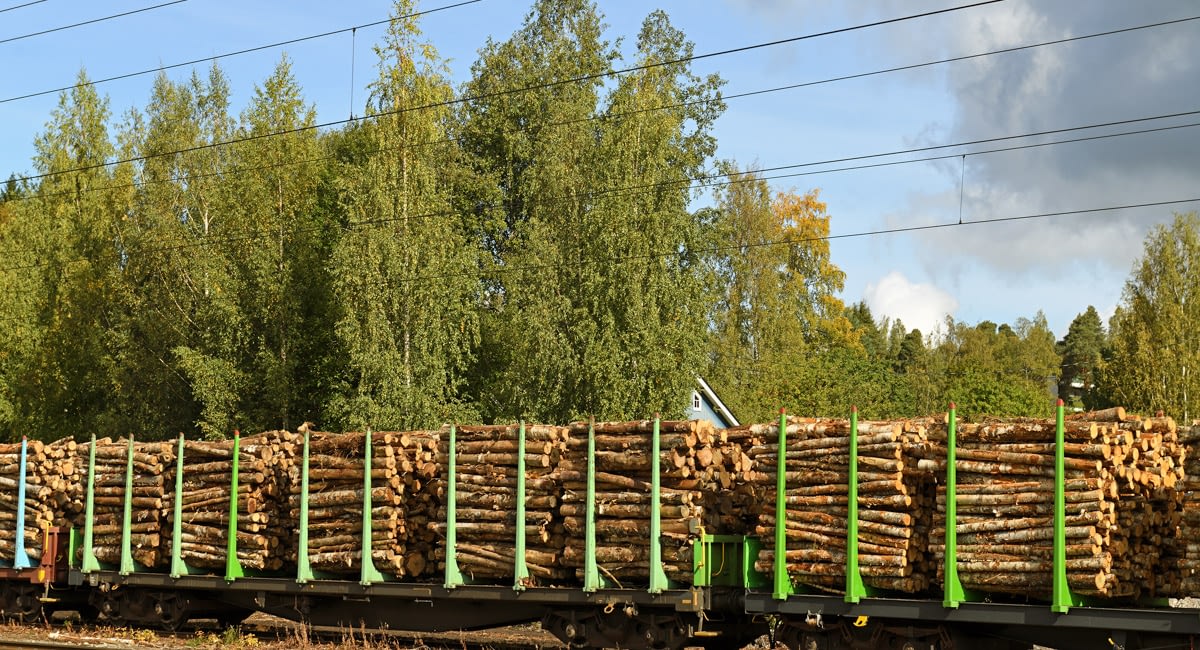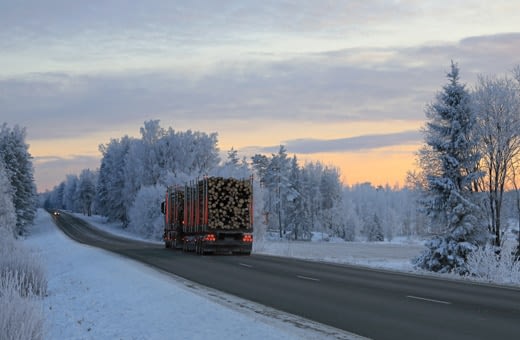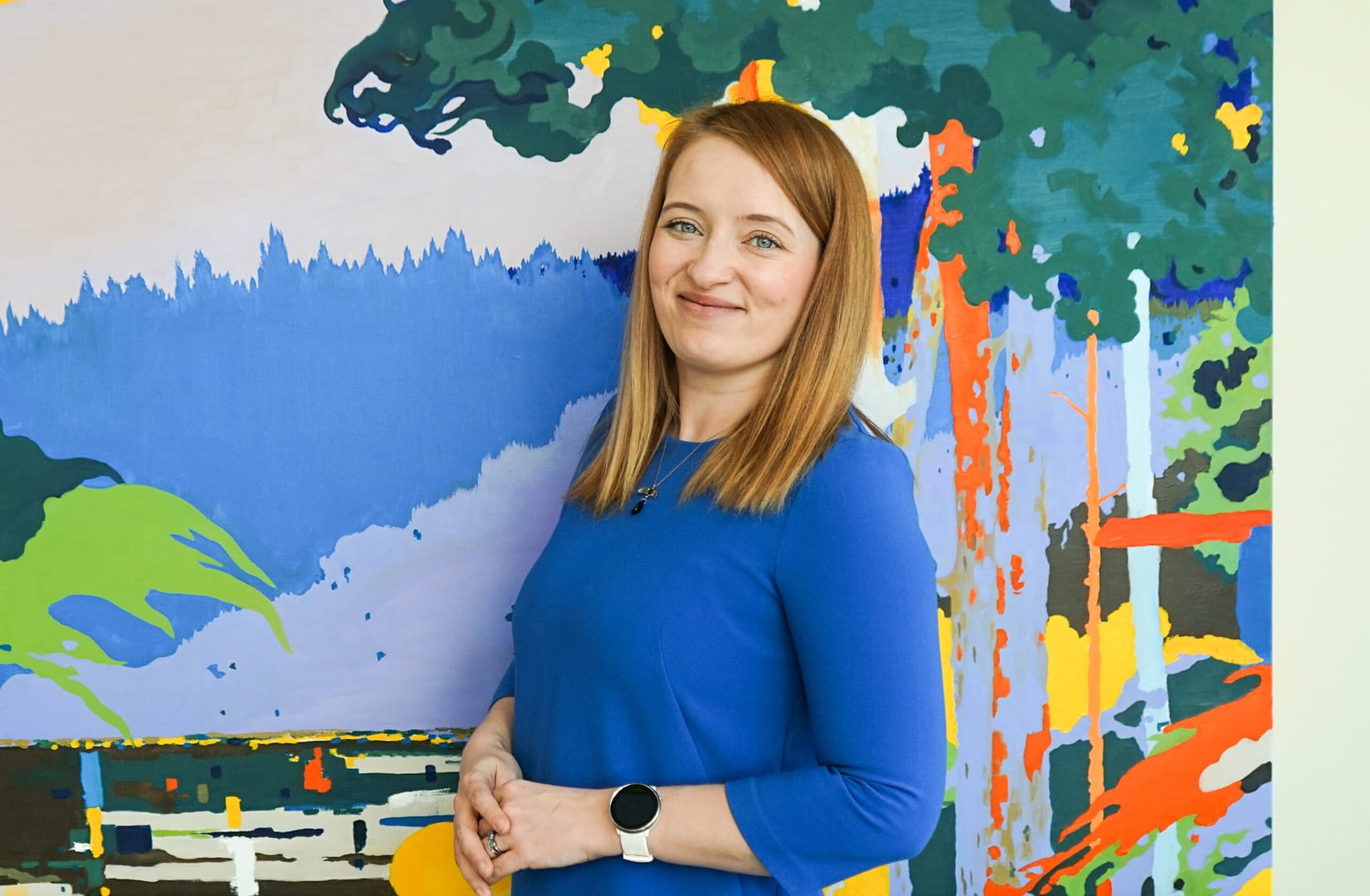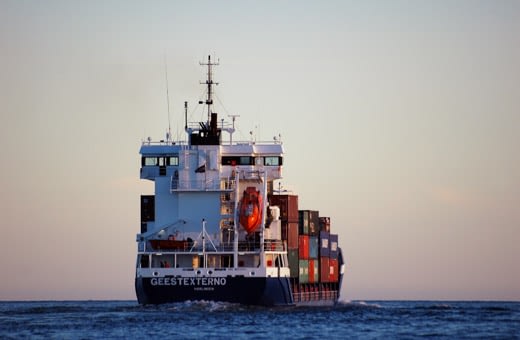In July the Commission gave its proposal to revise the Weights and Dimensions Directive. With the aim to green freight and clarify the rules for maximum weights and dimensions circulating within the EU, the directive is important for Finnish logistics, which rely on heavy and long goods transport.
With northernmost factories in the EU, Finnish forest companies have for 30 years developed freight solutions to operate in remote and sparsely populated territories with no existing rail connections and unprofitable to build. The development work has resulted in longer and heavier trucks made to serve certain geographical conditions and industrial needs. Energy-efficiency of wood trucks alone has increased by almost 20% since year 2013 when the national weight limit of 76 tonnes came into force (previously 60 tonnes).
In principle, it is a positive step to define European Modular System (EMS) in the Directive to enable and clarify the transport of longer and heavier combinations in Europe. Free movement of goods and fair conditions of competition in the single market need to be ensured by removing unnecessary regulatory barriers.
However, we need to be careful not to try to fix what is not broken. It is necessary to make certain exceptions to the dimensioning of the EMS to allow the continuation of practices that have been in place between Finland and Sweden since countries joined the EU in 1995. Without these exceptions wood trucks will no longer be allowed to cross the Finnish-Swedish border and only 1 km long border-crossing stretch would require a totally other truck fleet. This is not good internal market practice, and it does not benefit the environment.
The northern parts of Finland and Sweden have evolved into a vast joint wood acquisition territory, with free movement of goods and well-working cross-border practices. Over 16 000 wood trucks cross the border annually in areas where general traffic count is low and thus rail connections are unprofitable to build. The amount of wood cargo over the border is about to double due to new investments in northern Finland.
Read more about the practical solution for the problem in question from the attachments below.
